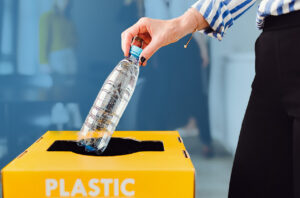New guidance published by the Environment Agency provides information on emerging techniques in the production of hydrogen by the electrolysis of water (green hydrogen) and information on how to minimise the environmental impacts. The guidance follows the announcement of 11 major green hydrogen production projects in the UK over the next three years.
The guidance, developed in cooperation with industry experts, was made with three emergent techniques in mind: alkaline electrolysis (ALK), polymer or proton electrolyte membrane (PEM), solid oxide electrolyser cell (SOEC). However, the guidance may also be generally applicable to other techniques.
The guidance provides information on the following areas:
- Selecting the best-suited technique considering efficiency and the effect on the environment
- The process of plant design and operation
- Managing air emissions
- Managing water emissions
- Managing ground and groundwater emissions
- Managing waste
- Monitoring and reporting
- Dealing with unplanned emissions and accidents
- Managing noise
Overall, the guidance provides best practice advice for managing the environmental issues associated with the production of green hydrogen, as well as providing the public with an understanding of how environmental regulations are protecting them from harm.
The Environment Agency stresses that those wishing to produce hydrogen in England will need to apply for an environmental permit from them.
If you have any questions or would like support with managing issues at your workplace, please speak to your usual contact or get in touch using the form below.

50 Years of the HSE and the Health & Safety at Work Act

Building Fire Safety Updated Approved Document B Published

Protecting Properties Against Flooding

The Building Safety Act – Are you meeting your legal responsibilities?

Reasonable adjustments for neurodiverse employees
